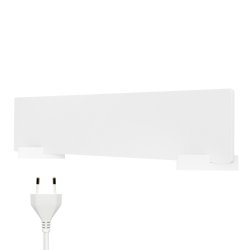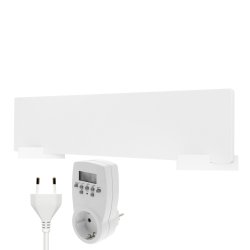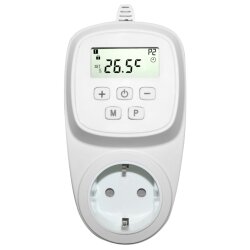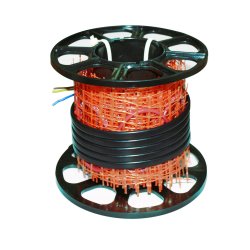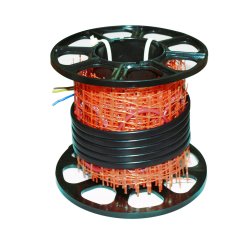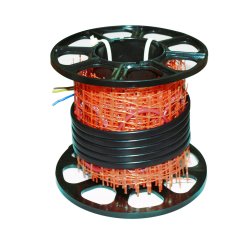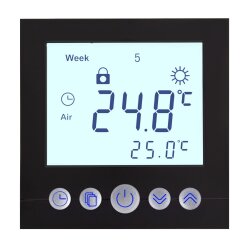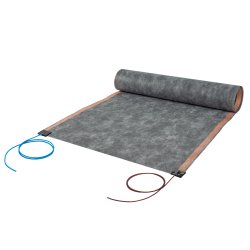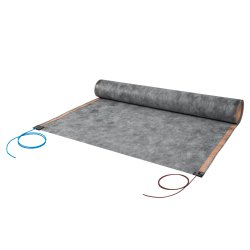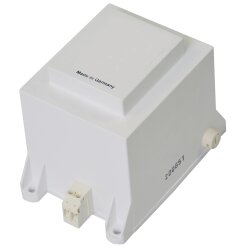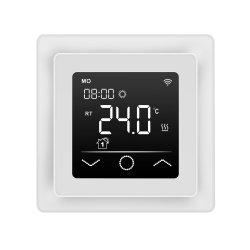
Warm air binds more moisture
While the air is often dry and cold in winter, the climatic conditions vary considerably in spring. The outside air is often very humid due to thaws or prolonged precipitation. As temperatures rise, the air's ability to store moisture also increases. If this moisture gets into the home, it condenses on colder surfaces. This creates damp patches that provide ideal conditions for mould.
We will tell you how you can effectively prevent the formation of mould and which technical aids will help you to do so!

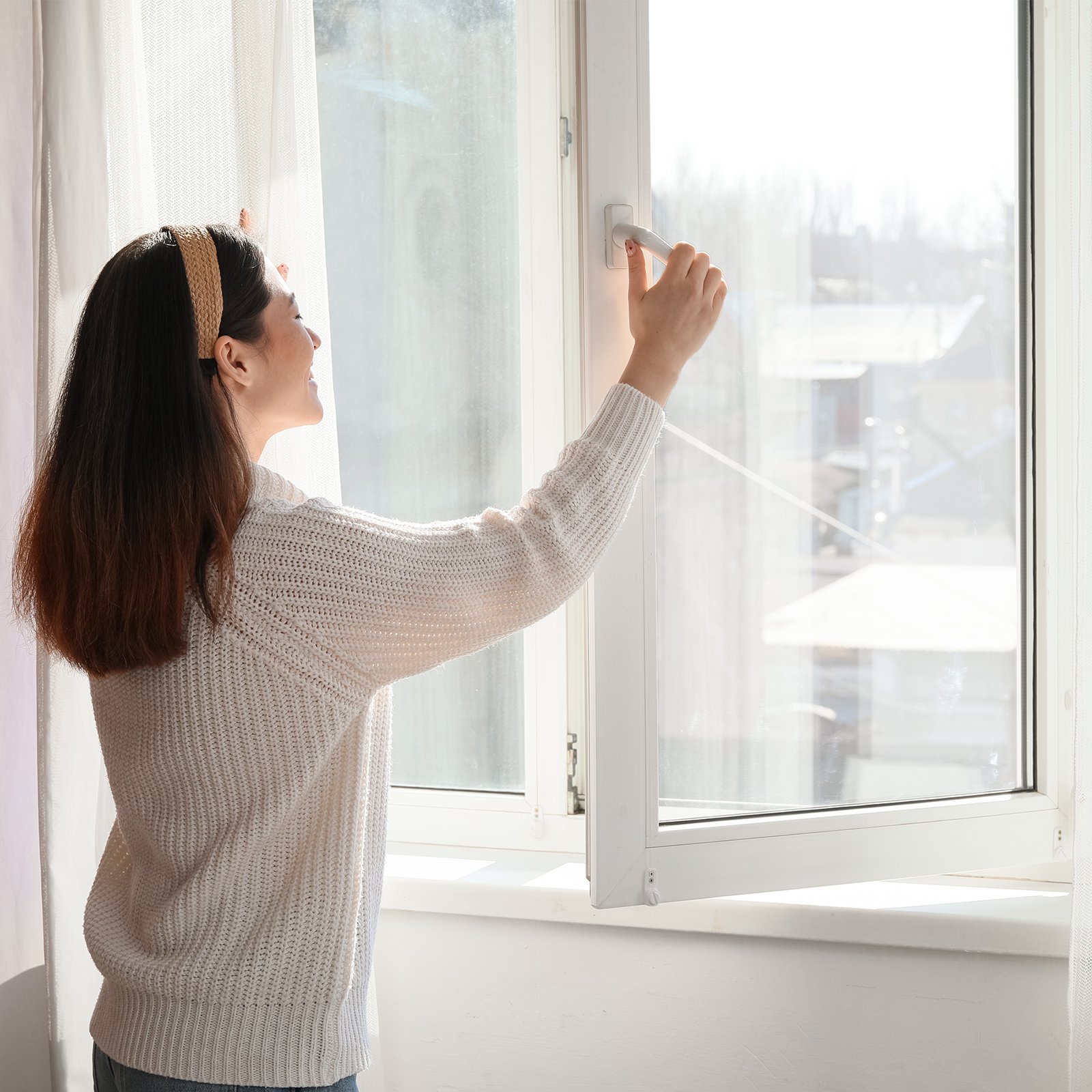
The top priority: regular air exchange
In spring, when outside temperatures often fluctuate, regular air exchange is crucial for a pleasant indoor climate. Even if you don't have an expensive ventilation system, it's important to take action and open the windows. In addition to improving air quality, regulating humidity and setting a comfortable room temperature, there are also legal reasons for proper ventilation: tenants are obliged to ensure adequate air exchange.
• shock ventilation method
When airing a room, all windows and doors in the home are opened completely at the same time for several minutes. Ideally, this creates a draught that replaces stale air with fresh air and removes moisture and pollutants. This process should be carried out three to four times a day.
• Correct ventilation time
In spring, it is advisable to ventilate for longer. As outside temperatures rise, humidity increases, which means it takes longer for excess moisture to be removed from the bathroom, kitchen or living room.
| Season | Ventilation time |
| December to February | 4 to 6 minutes |
| March | 8 minutes |
| April to October | 12 to 15 minutes |
| November | 8 to 10 minutes |
• Avoid long tilting
Tilting windows for long periods increases energy consumption and therefore heating costs considerably. The temperature difference between indoor and outdoor air is particularly high in winter, while it decreases in spring. This can lead to less air exchange and higher humidity. It is therefore advisable to avoid tilting windows for long periods, especially in spring. Permanently tilted windows waste energy unnecessarily and can even increase the risk of mould.
Decisive factor: the right room temperature
When it comes to heating, it is important to find the right balance between a comfortable temperature and economic efficiency. As a rule of thumb, every additional degree increases energy consumption by around 6 per cent. Excessively high room temperatures in winter can increase the risk of catching a cold.
It is also important to reduce the burden on the environment by using targeted heating. Ideally, the room temperature in the living area should not exceed 20°C. Of course, frostbite sufferers can set the thermostat a little higher, as comfort is an important criterion. This depends not only on the air temperature, but also on the surface temperature of windows and walls. Therefore, electric panel heaters that work with infrared heat can be operated at lower temperatures and still create a cosy indoor climate.
• Avoiding too low temperatures
Low room temperatures can encourage mould growth, as moisture can condense on cold wall surfaces. The colder the room air, the faster this can happen. Therefore, all rooms in a home should always be heated to at least 14°C, especially in rooms that are rarely used.
• Switch off the heating when ventilating
Cold air inevitably enters the home during ventilation. It is therefore advisable to turn down the thermostat sensors on the radiators or room regulators for electric or water-based heating systems. Otherwise, they would keep the temperatures in the rooms constant during ventilation, which can lead to a huge increase in energy consumption.
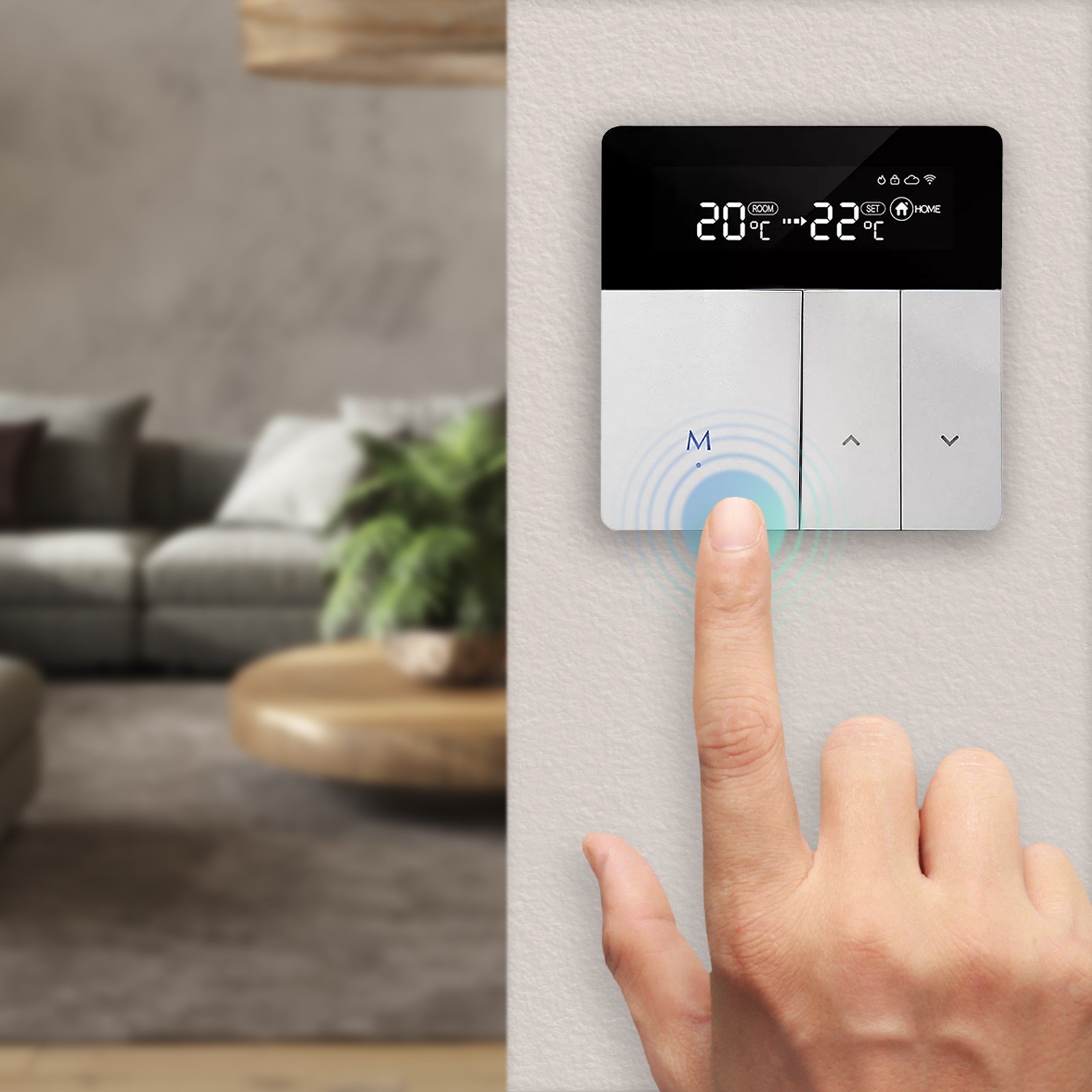

Precisely controlled room temperature: thermostats for maximum comfort
It is advisable to use electronic thermostat controllers or room thermostats to precisely control the room temperature and maximise comfort in your home. These innovative devices not only allow you to set the temperature exactly as you wish, but also have a variety of useful additional functions.
These additional functions often include an adjustable night setback, which makes it possible to automatically reduce the room temperature during the night hours and thus save energy without sacrificing comfort. Many thermostat controllers also offer window open detection, which automatically switches off the heating when a window is opened to avoid wasting energy.
Some modern thermostat controllers even allow convenient control via smartphone apps. This gives you control over your room temperature at any time and from anywhere. These smart functions make it easy to optimise your indoor climate and save energy at the same time.
In our online shop, you will find a large selection of high-quality room temperature controllers that meet your individual requirements. Use our clearly organised filter functions to find the right device for your needs and make your home even more comfortable.
Mould infestation: immediate action required
Mould infestation requires immediate action, as it can not only be harmful to health, but also damage the building fabric. However, caution is advised when using conventional mould removers.
Chemical anti-mould agents often only have a short-term and superficial effect on the mould and do not destroy it in the long term. Without a change in the external conditions, mould often returns after a few weeks.
In addition, the chemical agents contained in anti-mould agents, such as benzalkonium chloride or chlorine, can irritate the skin or cause severe allergies. Extreme caution should therefore be exercised when using them to avoid risking any adverse health effects.
- Often only act on the surface
- Have no long-term effect
- Can cause irritation and allergies
More sustainable solutions are electric heating systems such as special heating mats or infrared heating panels, which are specifically designed to prevent mould growth. The heat radiation generated penetrates deep into the wall core and permanently prevents mould growth.
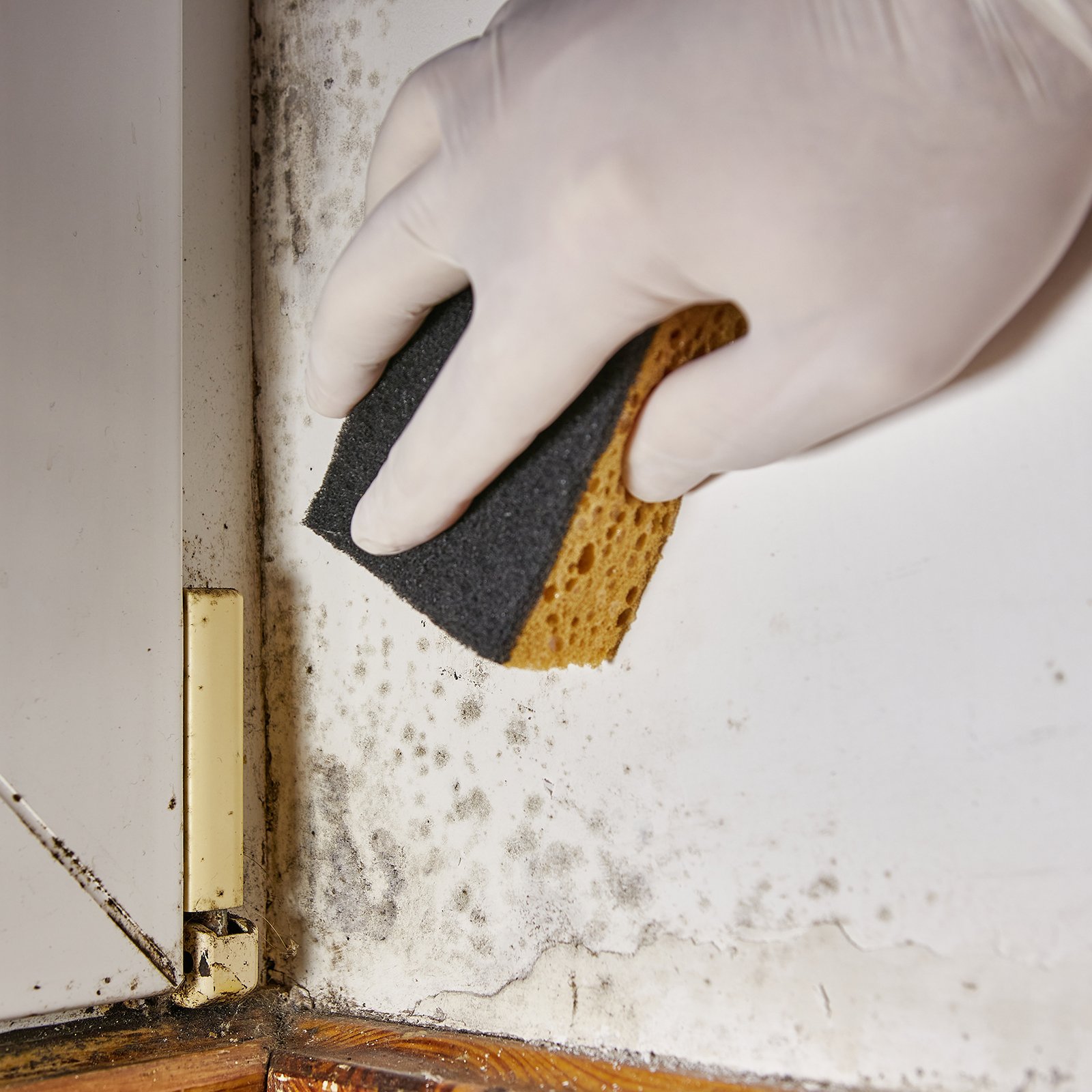
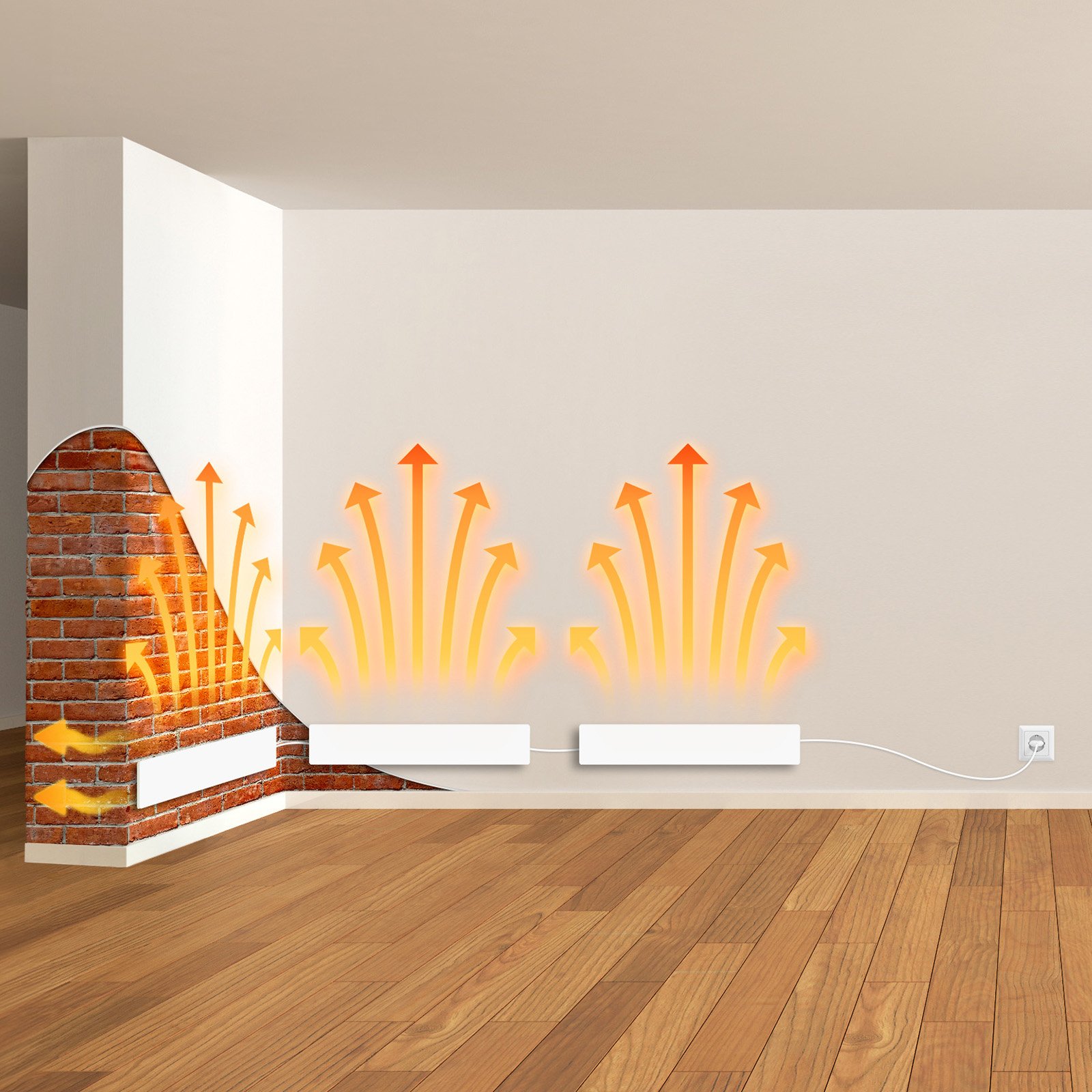
Mobile use: Schimmel Dry infrared heating panels
Our modular mould dry infrared heating panels offer an ideal solution for effective and flexible mould control. The slimline panels can be easily attached to the affected wall or set up anywhere in the room thanks to the feet supplied. The natural infrared heat dries out the wall sustainably down to the wall core and eliminates existing mould. At the same time, the formation of new mould is permanently prevented.
The Schimmel Dry system is a one-off investment as it can be removed without leaving any residue and can be used flexibly in different locations, which also makes it ideal for rental properties.
The system can be expanded modularly and can include up to 5 Schimmel Dry infrared heating panels. Power is simply supplied via the base module, which is connected to a conventional 230V socket using the connection cable supplied. All other modules can then be easily connected to each other via connecting cables to efficiently heat even larger areas.
Tip: To make operation even more cost-efficient, you can use a separate thermostat or a timer.
Invisibly installed: Mould stop heating mats
In areas that are permanently at risk of mould infestation due to high humidity, a permanently installed heating solution is often the best choice. Typical problem areas are corners on external walls, window reveals, cellars or bathrooms.
Our slimline mould stop heating mats are an effective and cost-effective solution for temperature control in such areas. The heating wires with an output of 30W/m are sewn onto a fabric and can be embedded behind tiles, plasterboard or directly in the wall plaster so that they disappear invisibly in the room. By heating the affected surfaces, the mould spores are deprived of moisture, which removes the breeding ground for them to settle and develop.
The mould stop heating mats are available in different lengths and have a fixed width of 10 cm each. By cutting into the carrier fabric, the heating mats can be folded through 90° or 180°, for example, to give them the desired shape.
As the mould stop heating mats remain permanently in their installation location, we recommend controlling them using a thermostat with an external temperature sensor. The temperature sensor is installed directly behind the heating mat, ideally in an empty pipe, and ensures constant heat. Even low temperatures between 16°C and 18°C are sufficient to permanently prevent mould growth.
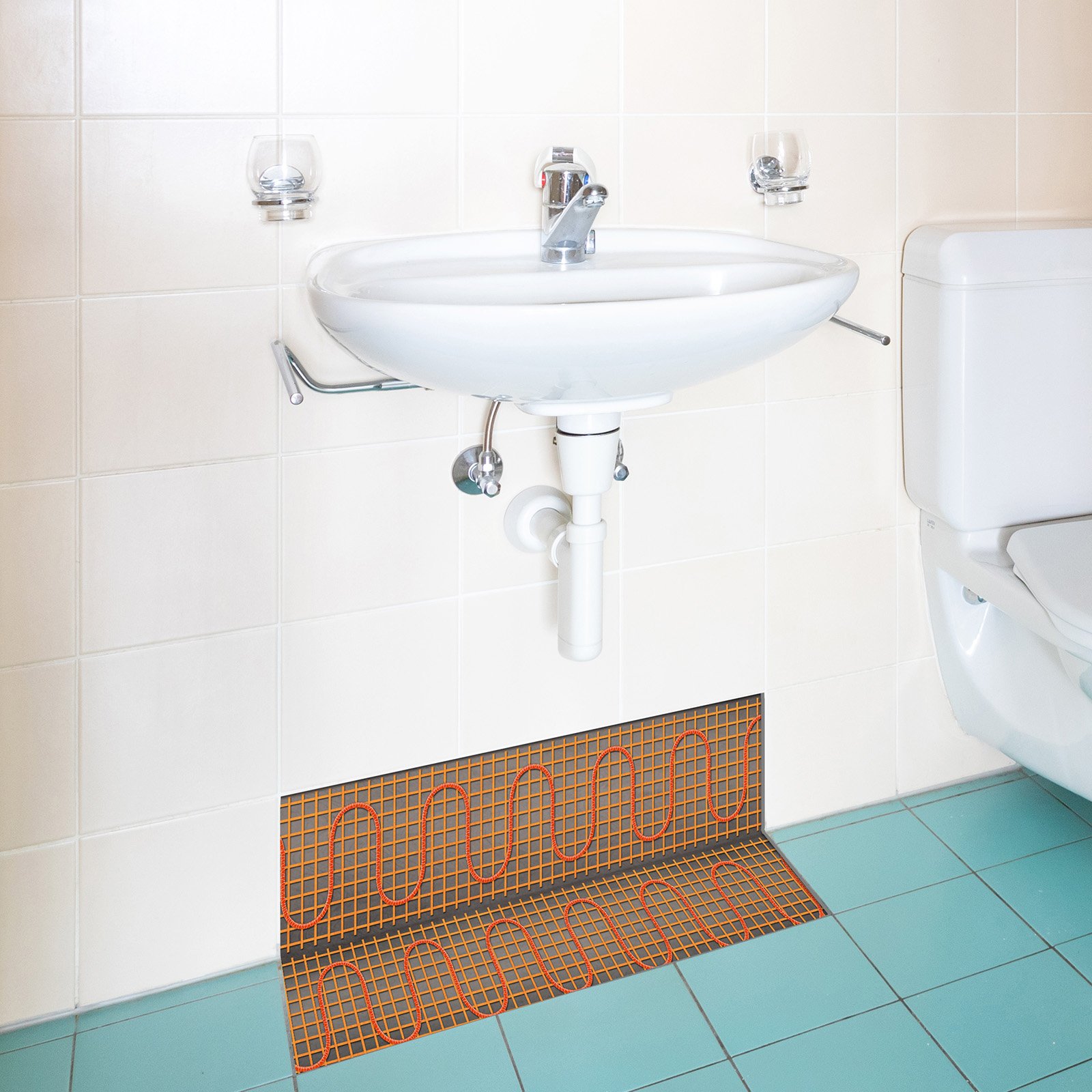
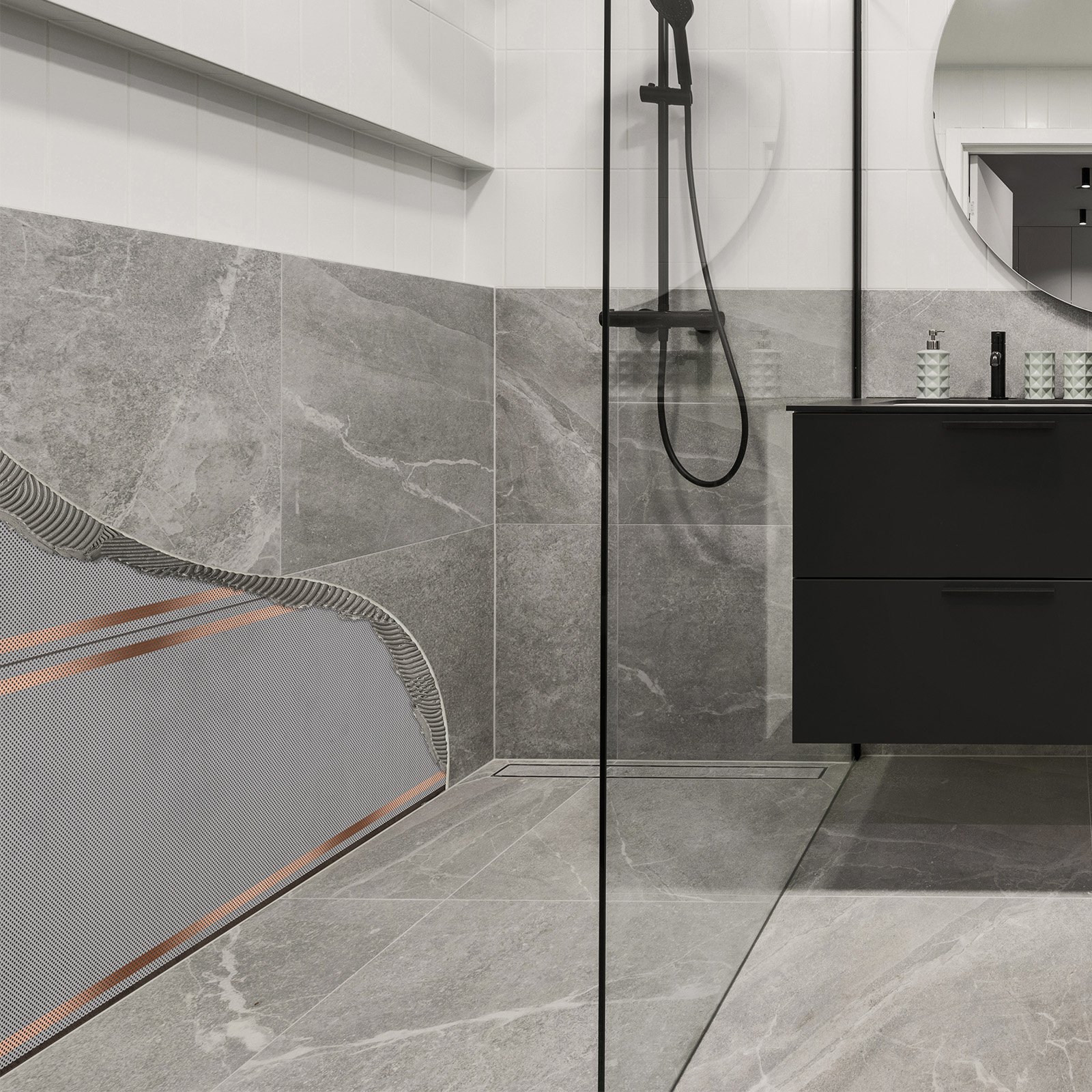
For confined spaces: perforated heating films
Perforated low-voltage heating films are among the thinnest heat sources on the market, with a material thickness of just 0.4 millimetres. This low thickness enables easy installation even in the most confined spaces. The heating film ensures that the wall temperature is always kept above the dew point, which effectively prevents moisture condensation and therefore mould growth.
Installing the heating film is straightforward: it is applied to the affected wall areas and then levelled. An external temperature sensor regulates the temperature of the electric heating film to around 16 to 18°C as required. If the surface temperature threatens to drop below 16°C, the heating film is automatically activated.
A special feature of the heating film is its perforation, which creates a structure that is open to diffusion. This allows moisture to escape from the masonry, which leads to systematic drying of the walls. The fleece-laminated low-voltage heating films are available in various widths and with different heating outputs. To prevent mould, a heating output of 100 to 150 watts per square metre is recommended, depending on the structural conditions.
The heating films are supplied with electricity via safety extra-low voltage. Thanks to their minimal film thickness of just 0.4 mm, the heating films can be installed without any height difference to neighbouring components. This minimises the installation effort and allows the heating films to be laid in occupied rooms even during renovation work.
Raising the temperature above the dew point effectively prevents moisture from settling on the walls. This makes it possible to use conventional wall paints or wallpaper as wall coverings. Of course, tiles, drywall panels or other wall panelling can also be used.
Quelle: https://www.t-online.de/heim-garten/energie/id_53670566/richtig-lueften-um-schimmel-zu-vermeiden-im-fruehling-ist-laenger-besser.html

